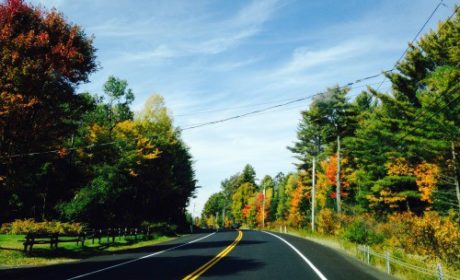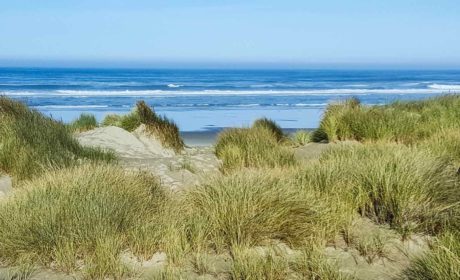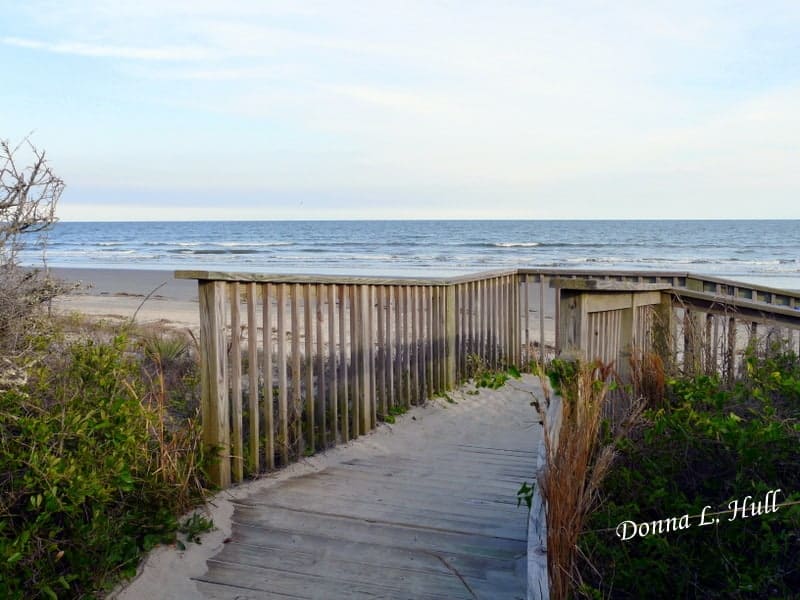Fall in the South is a gorgeous time for a road trip. Ask me, this Georgia girl knows what she’s talking about. However now that I live in Montana, I’ve lost touch with the South’s secret leaf-peeping destinations.
Luckily for us, Tennessee native, James Richardson, knows where to go. Read his tips on how to see fall color in the South without the crowds.
One of the best things about the coming of winter is that it is preceded by autumn. When nature dons its coat of many colors, leaf watchers take to America’s scenic roads to admire the spectacle.
In the Southern states the spectacle is just as great as in other parts of the country. Sometimes better.
The forests of the South change colors a little later than those in the northern states such as Vermont or New York. But when those leaves do change, the onlookers are out in droves to see the beautiful colors.
Table of Contents
Fall in the South Without the Crowds
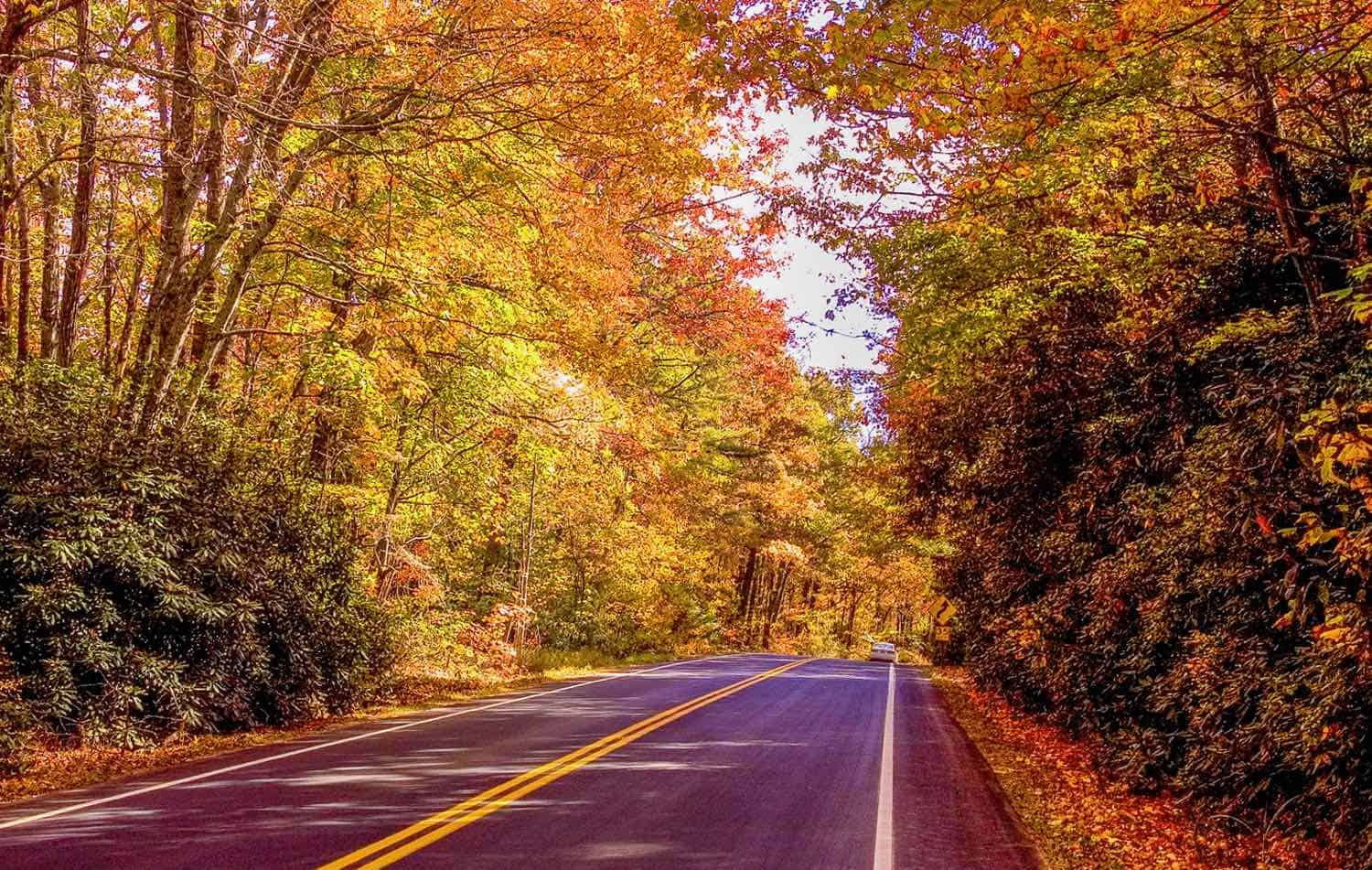
The most popular spots for leaf watchers in the South are in and around the southern Appalachian Mountains and their foothills. The Cumberland Plateau is also a popular leaf-peeping destination.
The single most popular spot is the Great Smoky Mountains National Park, as evidenced by the tremendous traffic on most of its roads during peak season. But there are many other great Southern spots to visit where the autumn spectacle occurs – and without the crowds.
Here are a few less crowded destinations that will afford just as good – maybe better – views of fall colors: the Big South Fork National Recreation Area, the mountains of Western North Carolina, the Upcountry of South Carolina, and along the Cumberland Plateau.
Boomer Travel Tip
Don’t get lost! Bring along the Southern Appalachians Road & Recreation Atlas.
Big Enough to Share – the Big South Fork

Composed of around 125,000 acres in Tennessee, the Big South Fork is the largest wilderness area east of the Mississippi River. With that much area there are plenty of opportunities for viewing fall colors and also plenty of outdoor recreation.
Wildflowers, waterfalls, natural arches, unique rock formations, and spectacular overlooks are among the favorite destinations, many of which are only accessible by trail.
There are two overlooks that I especially enjoy. One is the Devil’s Jump Overlook. The other equally spectacular is East Rim Overlook. Both afford opportunities to look into the gorge of the Big South Fork of the Cumberland River many feet below to marvel at the brilliant foliage.
Land of Waterfalls — Western North Carolina
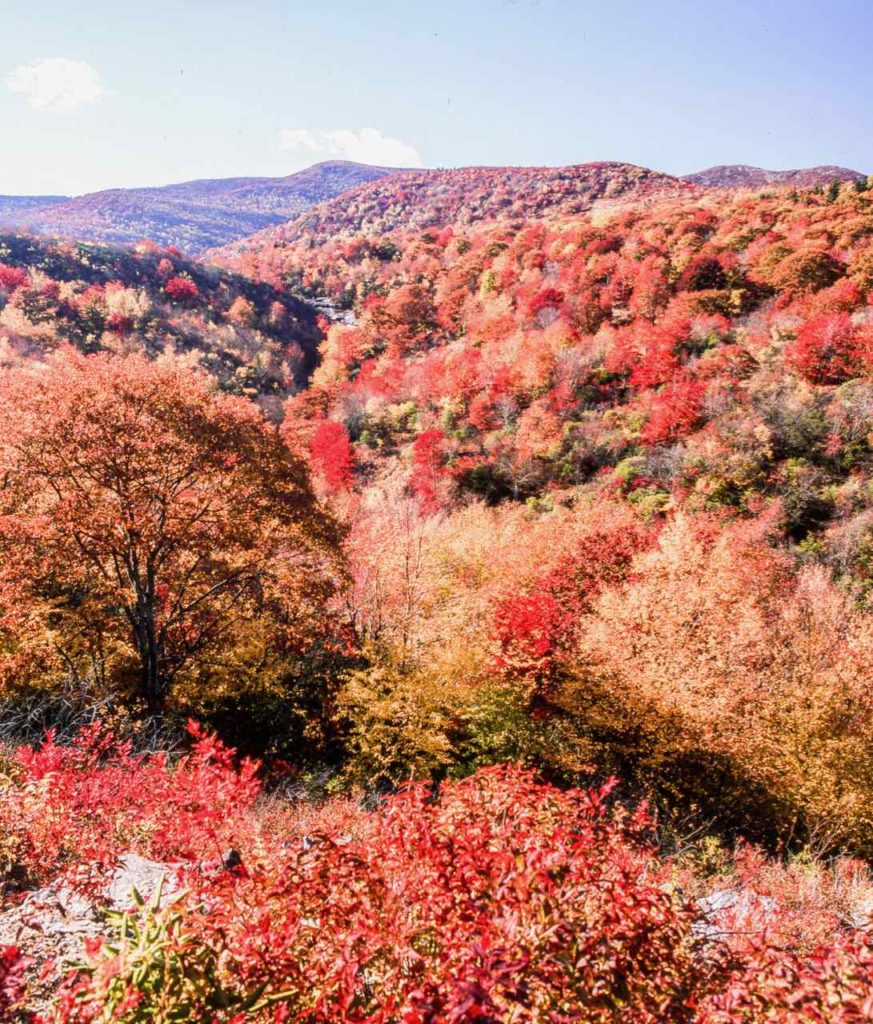
The mountains of Western North Carolina also offer a spectacular display during autumn. From the extreme western tip of the Nantahala National Forest to the Pisgah National Forest just south of Boone, this section of the state is richly adorned with mountain scenery, sprinkled with waterfalls, and many exciting attractions. Of course you’ll want to build time into the itinerary to enjoy all the outdoor things to do near Boone.
Interstate Highways 40 and 26 and the Blue Ridge Parkway all pass through Asheville, the major city of Western North Carolina. Chimney Rock State Park, 25 miles to the southeast, is a 315-foot rock formation and is considered one of the most iconic sites in North Carolina. From its top visitors can get a panoramic view of the autumn forests below.
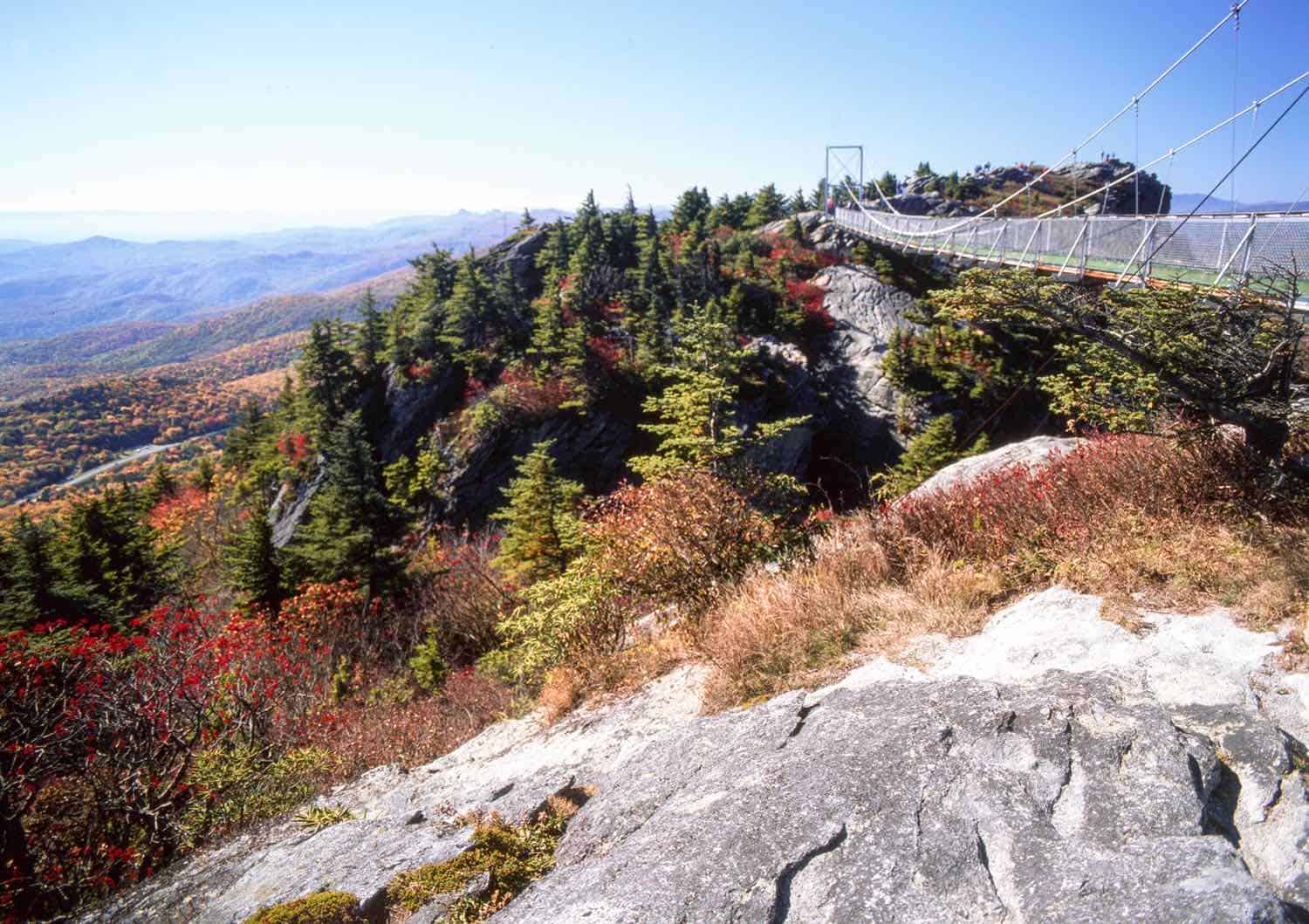
The Blue Ridge Parkway from Asheville to Boone is another scenic autumn route. A stop at Grandfather Mountain State Park to see the Mile High Swinging Bridge is great spot for viewing fall colors. The bridge is billed as America’s highest suspension footbridge.
Boomer Travel Tip
Gear up with our resources for a fall leaf peeping trip.
Fall Leaf-peeping in South Carolina’s Upcountry

As appropriately as the coastal area of South Carolina is called the Low Country, the mountainous northwestern section is called the Upcountry. Several state parks are located in the Upcountry where visitors can enjoy the natural beauty and activities of its mountains.
The scenic State Highway 11, or the Cherokee Foothills Scenic Highway, crosses the corner of the state and allows easy access to these parks: Jones Gap, Caesar’s Head, Table Rock, Keowee-Toxaway, and Devil’s Fork.
Caesar’s Head has an overlook 3266 feet above sea level. A short hiking trail leads to its scenic overlook. From the top of Caesar’s Head there is a panoramic view of the autumn countryside.
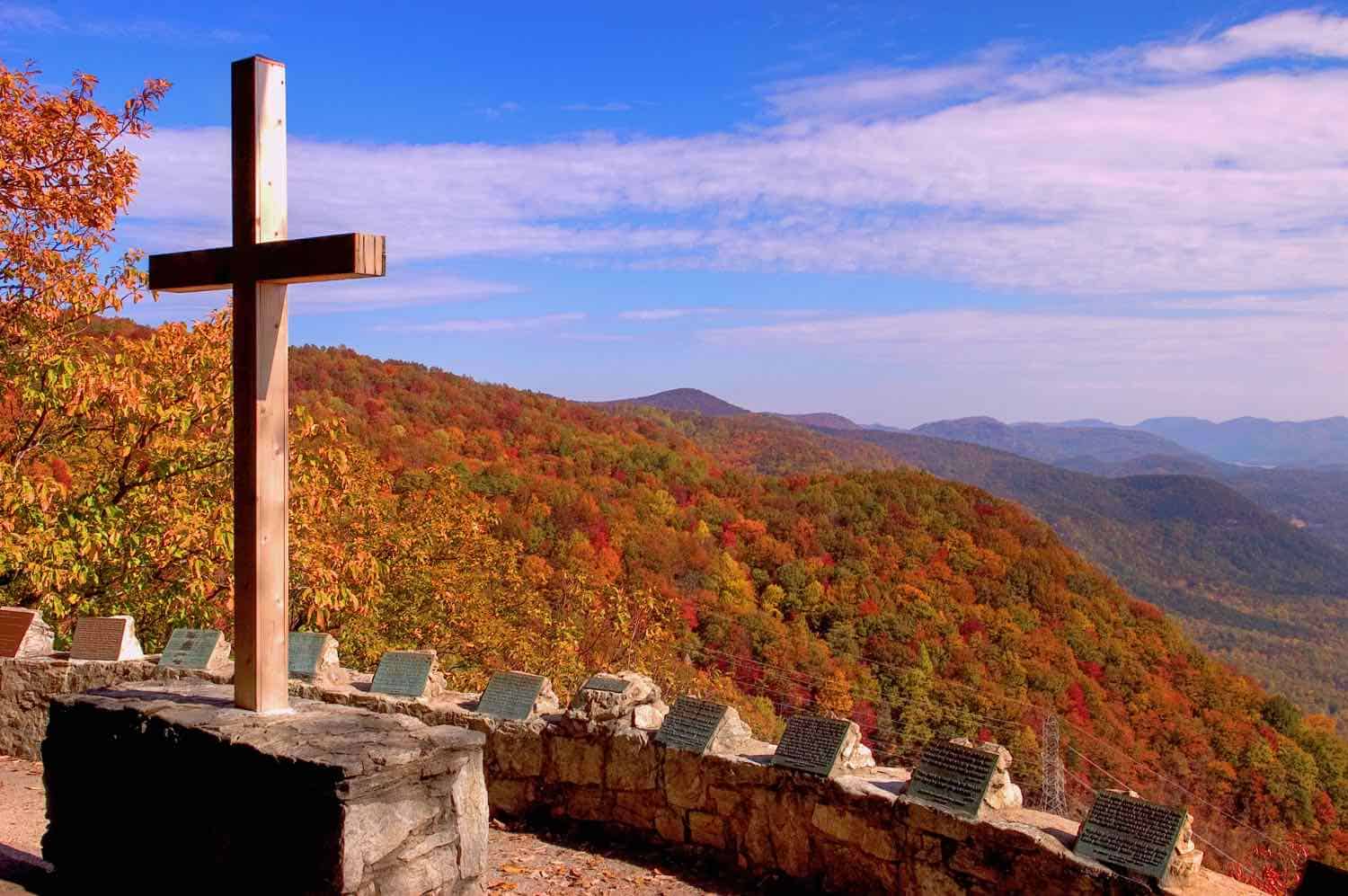
About three miles north of Caesar’s Head State Park near the North Carolina state line a turnoff leads visitors to Camp Greenville, a YMCA camp. Follow the signs to Symmes Chapel, or locally called “Pretty Place Chapel.”
The road ends at the entrance to the chapel which sits on the side of the mountain. From the foot of the chapel’s cross the view of the countryside below is spectacular.
The Cumberland Plateau in the autumn
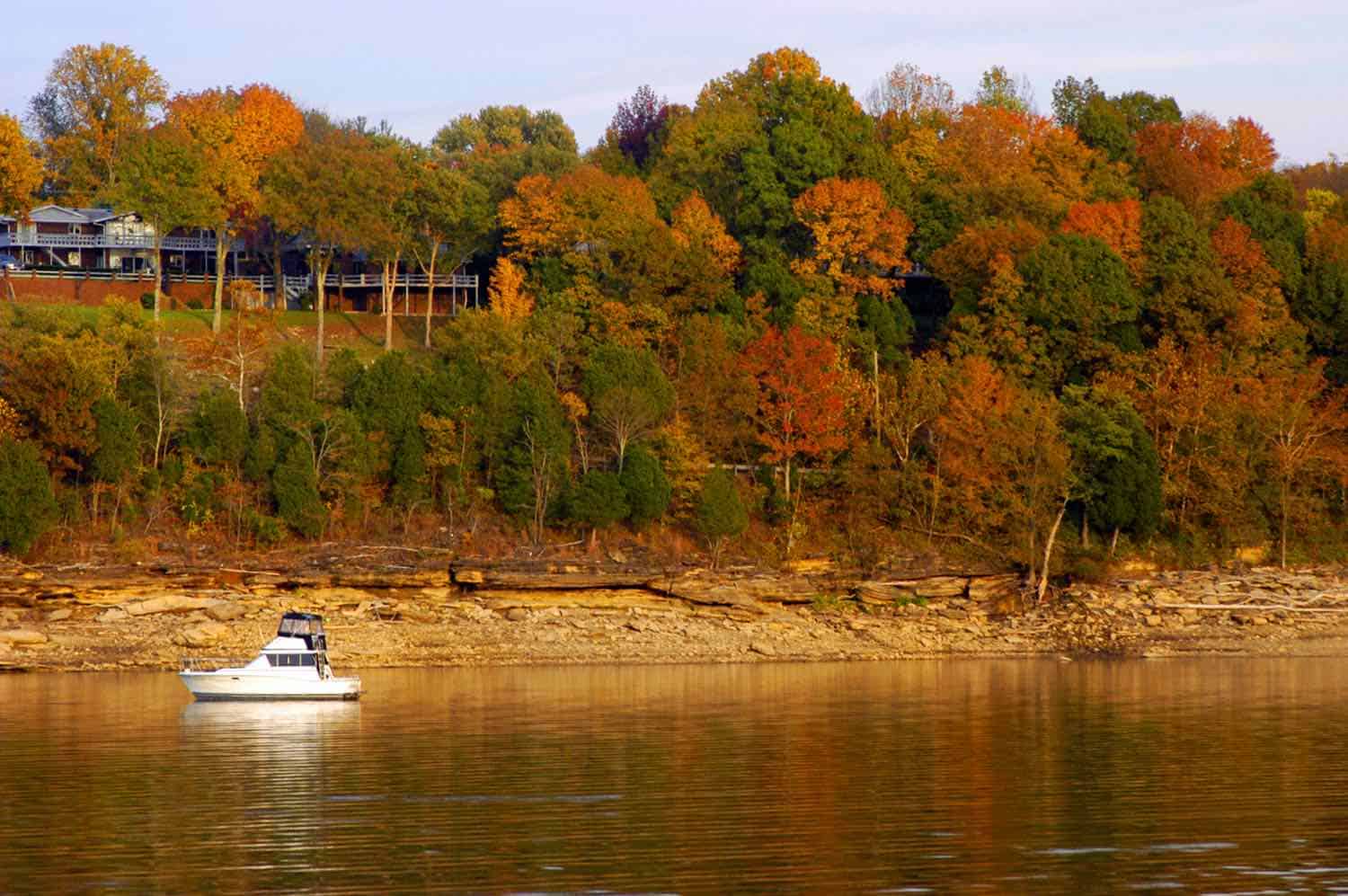
Kentucky’s Cumberland Plateau also has destinations for fall leaf watchers. From Lake Cumberland to the Daniel Boone National Forest several parks treat visitors to unique features and attractions while enjoying fall’s spectacle.
Lake Cumberland State Resort Park, known as “The Houseboat Capital of the World,” is located on the 50,000-acre lake near Jamestown, Kentucky. The park has steep cliffs overlooking the lake which provide panoramic views of colorful forested bluffs.
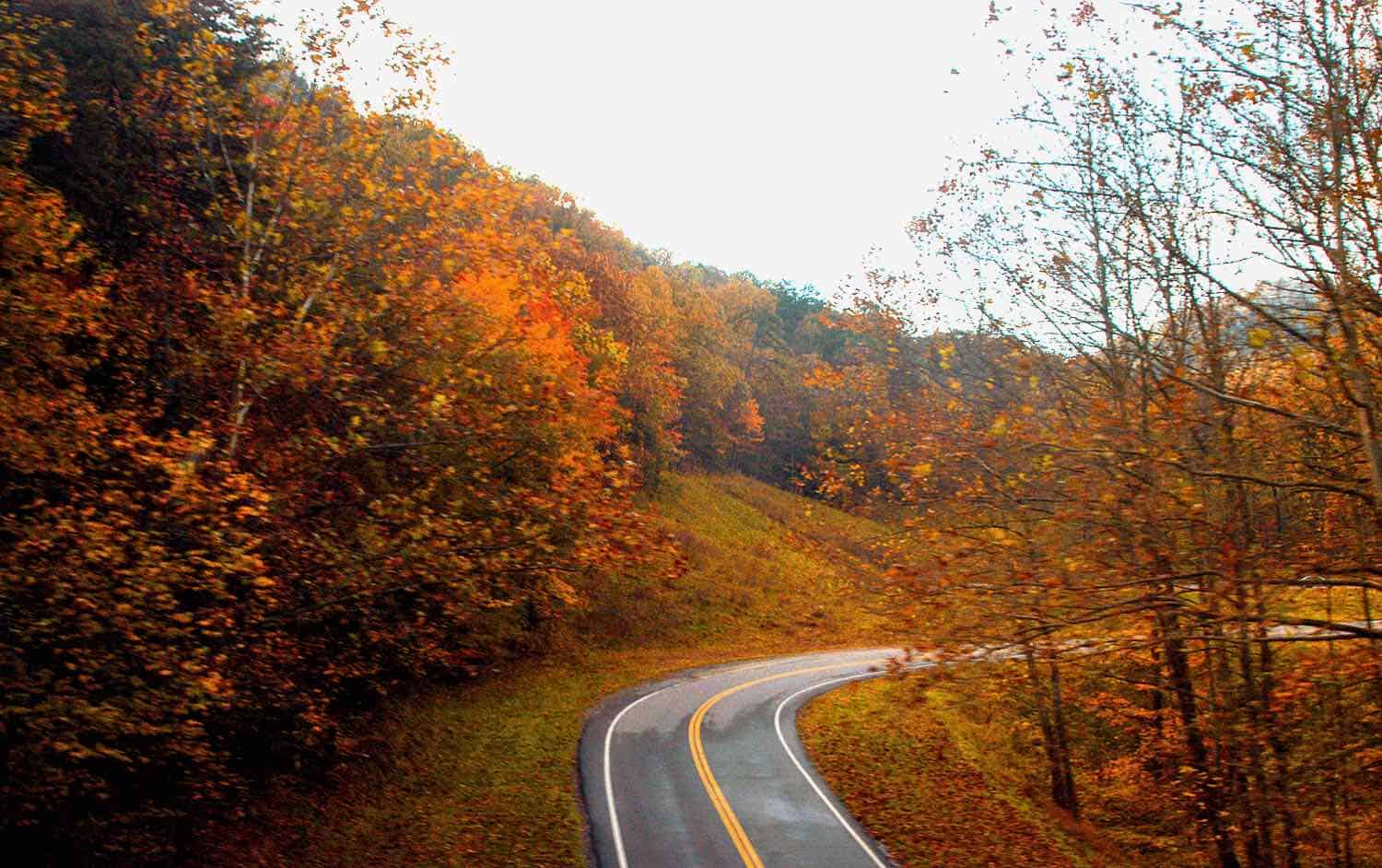
The Daniel Boone National Forest covers a large portion of south central Kentucky. Within the forest the Cumberland Gap National Historic Park offers another opportunity for leaf watchers to appreciate their favorite season. Near the town of Cumberland Gap, which is in Tennessee, is the natural pass famous in American history as the chief passageway over the Appalachian Mountains.
Visitors can drive the park’s winding, four-mile-long Skyland Road to the Pinnacle Overlook with an elevation of 2,440 feet. From there they can enjoy a spectacular view into Kentucky, Virginia, and Tennessee.
When is the best time to see autumn leaves in the South?
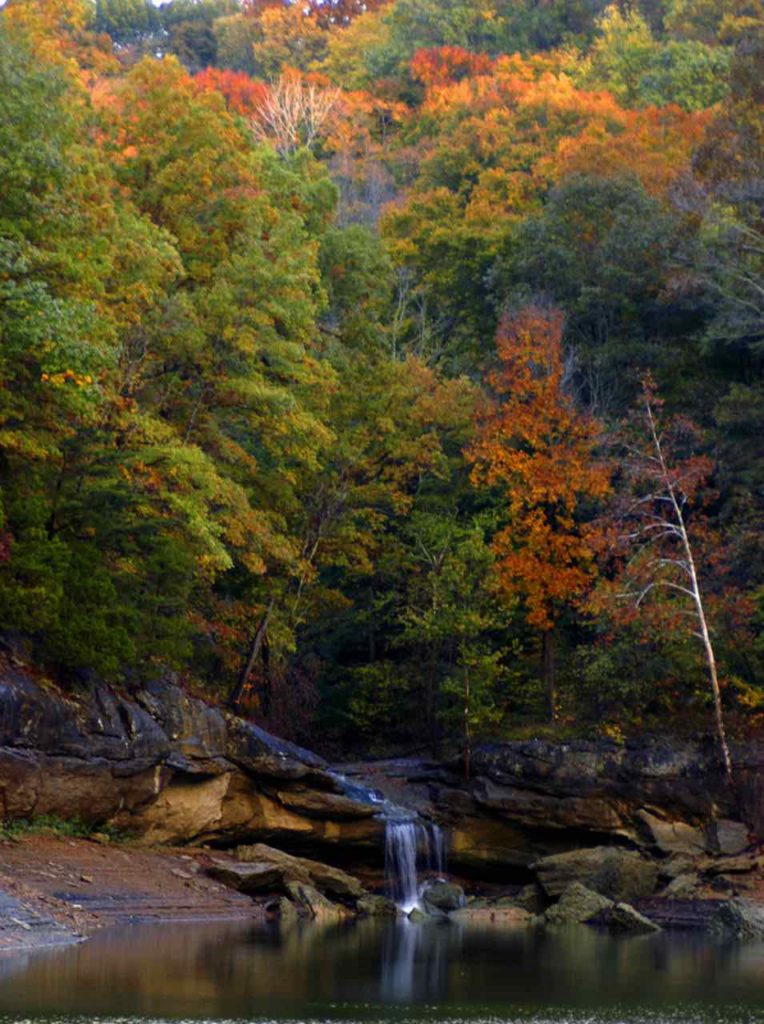
It’s hard to predict peak fall colors. And, Of course, the brilliance of leaf color is a variable, too. It can be outstanding or it can be mediocre. But it is almost always awe-inspiring.
Fall weather conditions favoring formation of brilliant autumn color are warm, sunny days followed by cool nights with temperatures below 45o F. On average, you can depend on color changes beginning mid October to early November.
Before winter comes, do like many other travelers do – take to the hills and valleys to become a leaf watcher. And be inspired.
Boomer Travel Tip
Here’s a fall foliage map for planning your trip.

